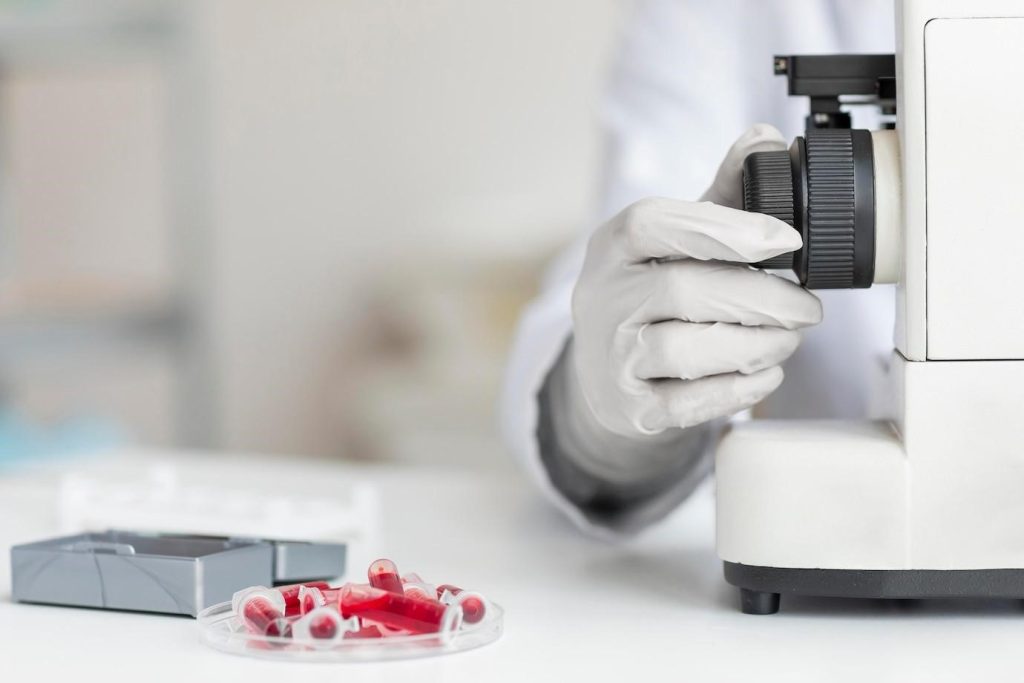Your Guide To Ophthalmologists: Comprehensive Eye Care

Are they seeking comprehensive eye care? Turn to ophthalmologists. This guide covers their expertise and services, from diagnosis to surgery, ensuring optimal eye health and vision. They manage conditions like cataracts, glaucoma, and refractive errors with specialized training, tailoring treatments to individual needs. Whether for routine exams or surgical procedures, ophthalmologists offer trusted expertise. Trust them for your eye health needs.
What Is An Ophthalmologist?
Ophthalmologists are medical doctors who specialize in eye and vision care. They undergo extensive training, including four years of medical school and a residency program focused on ophthalmology. This comprehensive training equips them with the knowledge and skills to diagnose and treat various eye conditions and diseases. Ophthalmologists are licensed to perform eye surgeries, prescribe medications, and provide eye care services.
Importance Of Regular Eye Care
Regular eye care is vital for maintaining good vision and overall eye health. Ophthalmologists are crucial in ensuring early detection and management of eye problems. By scheduling routine eye exams, individuals can identify potential issues before they progress and cause significant damage. Ophthalmologists can guide preventive measures and lifestyle modifications and recommend suitable vision correction options to optimize visual acuity.
It is recommended that individuals of all ages, from …



